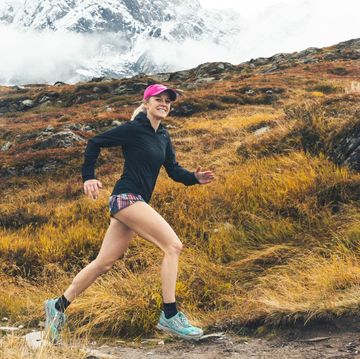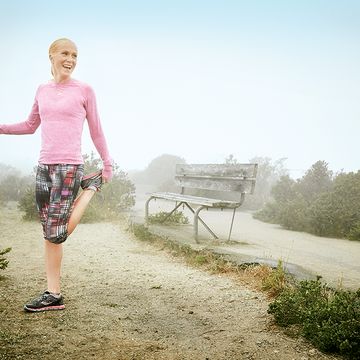Health & Injuries triathlon champion and a 2008 Olympian, got his start as a runner. As a high school senior he qualified for the Footlocker Cross Country Championships before heading up to Dartmouth College, where he was the 2002 Heptagonal champion in cross country and recorded a personal best of 14:09 for 5,000-meters on the track. He is now a professional triathlete sponsored by Saucony.
Tips From the Top: Jarrod Shoemaker, Pro Triathlete?
My goal all along was to run. I wanted to see how good I could be as a runner, but I found out about triathlons through my uncle and kept it in the back of my mind through college. I finally gave it a shot right before my senior year, just for fun, and I did pretty well. All through my senior year I realized that I was probably going to end up doing triathlons. And I was still running well—I actually had my best times running that year—but I was getting ready for triathlons and I would sprinkle in some biking as recovery workouts. Once I graduated, in June 2004, I did a 5-K at NCAAs, flew home the next day, and it was lots more biking and lots more swimming. I slowly worked my way up and did my first pro race about a month and a half later.
The Wheel Deal?
It was hard keeping the motivation going. I was learning how to swim and learning how to bike at that level, and then all of a sudden I could use my run.
When making the transition from running to triathlon, does that mean that the emphasis in training should be on the swim?
Yeah. The swim is definitely the most important thing, even though the bike is a bigger portion of the race. Having a bad swim is going to tire you out for the bike and the run.
Runners have a tendency to ignore form, both in the water and on the bike, at their peril.
And on the run! It's interesting. Coming from a running background, one thing that people don't talk about is your run form. People don't work on it, and I don't know why. It's something that people think is a given, and I've found that being a triathlete, it's the exact opposite. Everybody is working on technique. In the water, on the bike, on the run.
That's what I've spent most of my time on for the past two and half years. Getting my body to work as efficiently as possible. If you're not working efficiently, you're wasting energy, whether it's swimming or biking or running. It's helped me a lot, working on my efficiency and working on my biomechanics.
Health & Injuries?
One of the most important things is feeling comfortable swimming and biking. I know a couple people who jumped in their first triathlons and got kind of overwhelmed with everything. It's so different. I still do not like jumping in the water with 70 people at the same time, and you know you're going to get beat up. You know you're going to get hit, and usually it happens within the first five strokes. In a run race, everyone usually has their own little area. You might get hit or you might get spiked, but you've got some ground to stand on so it's not that bad. So it really is about being comfortable swimming and being comfortable biking. That's going to increase how you feel, and then you're going to be able to run, which is something that you're used to. It's getting through those things feeling comfortable and then you can use the run.







